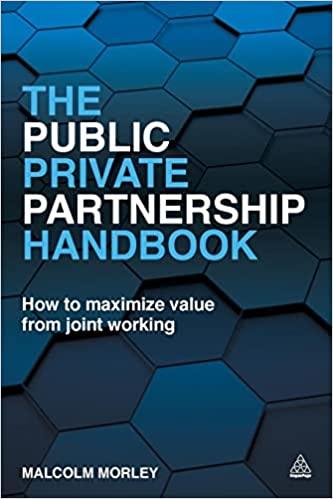Question
10. The makers of action-capture cameras have a strong incentive to sell their camera models to camera retailers in Europe-Africa at a lower average wholesale
10. The makers of action-capture cameras have a strong incentive to sell their camera models to camera retailers in Europe-Africa at a lower average wholesale price than the average wholesale prices charged to camera retailers in the Asia-Pacific region
because the costs of shipping AC cameras from Taiwan to camera retailers in Europe-Africa are $2 lower per camera than the costs of shipping AC cameras from Taiwan to retailers in the Asia-Pacific region.
because the production/assembly costs per camera that camera-makers incur in producing action cameras sold to camera retailers in Europe-Africa are about $4 lower than those incurred in producing action cameras sold to camera retailers in the Asia-Pacific region.
because they incur higher significantly lower marketing costs per action camera sold/shipped to camera retailers in Europe-Africa than they do for action cameras sold/shipped to camera retailers in the Asia-Pacific region.
whenever they incur lower import duties per action camera sold/shipped to camera retailers in Europe-Africa than the import duties they have to pay on each action camera sold/ shipped to camera retailers in the Asia-Pacific region.
because the warranty repair costs for cameras all companies have to pay in the Europe-Africa region are $10 lower than in the Asia-Pacific region.
11. The industry-low, industry-average, and industry-high benchmarks on pp. 6-7 of each issue of the Camera & Drone Journal
are worth careful scrutiny by the managers of some companies because when a company's numbers for one or more of the benchmarked categories are deemed absolutely "in-line" with others, managers need not initiate corrective actions in the next decision round.
are of greatest value to the managers of companies whose numbers are alarmingly below the industry-average benchmarked values
are of little value to company managers in making decisions to improve company performance in the upcoming decision round, although they may have interest to managers who are curious about their company's prior year comparisons.
are worth careful scrutiny by the managers of all companies because when a company's numbers for one or more of the benchmarked categories are deemed alarmingly "out-of-line," managers need to initiate corrective actions in the next decision round.
are only of value to the managers of companies whose operating profits per action camera or UAV drone sold are negative in one or more geographic regions.
12. Which of the following is not an action that a company's management team can take to help meet or beat the investor-expected targets for ROE in upcoming years?
Making it standard company practice Always to issue new shares of common stock each year to raise capital to pay off debt more quickly and/or avoiding borrowing funds entirely
Using a portion of the company's internal cash flows from operations for the next several years to repurchase shares of common stock
Borrowing money from the Global Community Bank (preferably in the form of a 1-year loan that can be fully or mostly repaid the following year) and using the proceeds to repurchase outstanding shares of common stock; such action makes considerable financial sense when the company's stock price is expected to rise substantially in future years and/or when unexpectedly weak company performance in the prior year causes a drop in its stock price
Pursuing efforts to boost total operating profits in all four geographic regions -- the resulting growth in operating profits companywide will increase total net profits and help increase ROE (a company's net profits are the numerator in calculating the company's ROE)
Increasing annual dividend payments to shareholders (because all net profits not paid out as dividends are treated as retained earnings--which increases shareholders equity--and thus lowers a company's ROE below what it would otherwise be if the company's dividend was higher)
13. As explained in the Help section for the Workforce Compensation, Training, and Product Assembly decision screen, if (1) a company pays a drone PAT member an annual base wage of $23,000, an $800 year-end bonus for perfect attendance, and provides a company-paid annual fringe benefits package worth $3,200 and (2) a PAT is paid a $4 assembly quality incentive per UAV drone assembled that is equally divided among 4 PAT members, then if a drone PAT's productivity is 1500 drones per year
the labor cost for a drone assembled at regular time would be $88.00.
the labor cost for a drone assembled at regular time would be $74.00.
the labor cost for a drone assembled at regular time would be $76.00.
the labor cost for a drone assembled at regular time would be $77.33.
the labor cost for a drone assembled at regular time would be $68.00
14. Which one of the following is not a way to improve the P/Q rating of a company's brand of action-capture cameras?
Increasing expenditures for camera R&D
Spending additional money to improve the camera mounting device
Adding one or two more extra performance features
Spending several more dollars on the camera housing and on included accessories
Increasing the image sensor size and the resolution of the LCD display screen
Step by Step Solution
There are 3 Steps involved in it
Step: 1

Get Instant Access to Expert-Tailored Solutions
See step-by-step solutions with expert insights and AI powered tools for academic success
Step: 2

Step: 3

Ace Your Homework with AI
Get the answers you need in no time with our AI-driven, step-by-step assistance
Get Started


